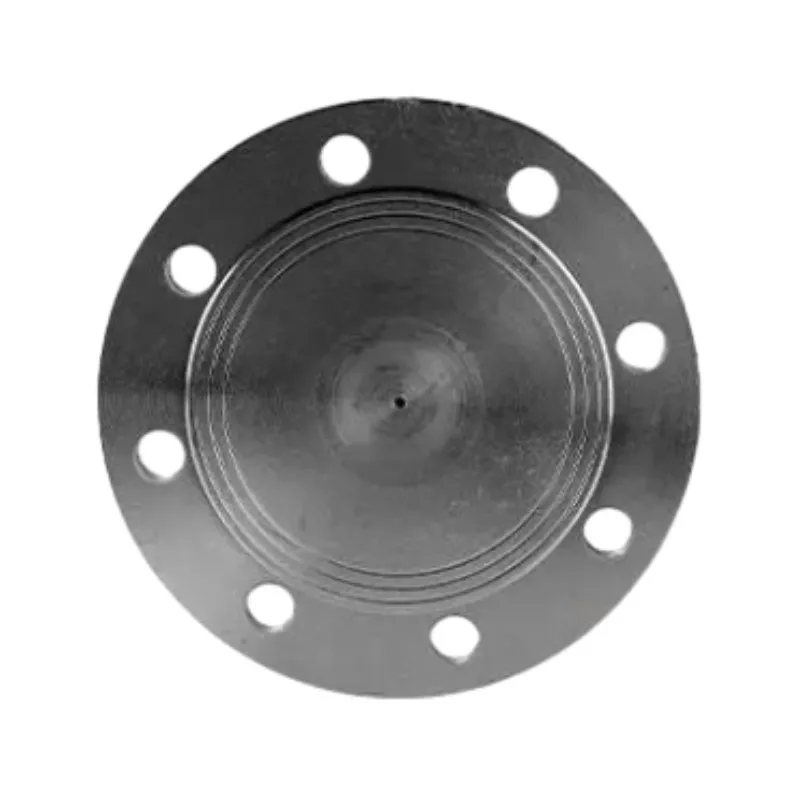-
Cangzhou Yulong Steel Co., Ltd.
-
Phone:
+86 13303177267 -
Email:
admin@ylsteelfittings.com
- English
- Arabic
- Italian
- Spanish
- Portuguese
- German
- kazakh
- Persian
- Greek
- French
- Russian
- Polish
- Thai
- Indonesian
- Vietnamese
- Zulu
- Korean
- Uzbek
- Hindi
- Serbian
- Malay
- Ukrainian
- Gujarati
- Haitian Creole
- hausa
- hawaiian
- Hebrew
- Miao
- Hungarian
- Icelandic
- igbo
- irish
- Japanese
- Javanese
- Kannada
- Khmer
- Rwandese
- Afrikaans
- Albanian
- Amharic
- Armenian
- Azerbaijani
- Basque
- Belarusian
- Bengali
- Bosnian
- Bulgarian
- Catalan
- Cebuano
- China
- China (Taiwan)
- Corsican
- Croatian
- Czech
- Danish
- Esperanto
- Estonian
- Finnish
- Frisian
- Galician
- Georgian
- Kurdish
- Kyrgyz
- Lao
- Latin
- Latvian
- Lithuanian
- Luxembourgish
- Macedonian
- Malgashi
- Malayalam
- Maltese
- Maori
- Marathi
- Mongolian
- Myanmar
- Nepali
- Norwegian
- Norwegian
- Occitan
- Pashto
- Dutch
- Punjabi
- Romanian
- Samoan
- Scottish Gaelic
- Sesotho
- Shona
- Sindhi
- Sinhala
- Slovak
- Slovenian
- Somali
- Sundanese
- Swahili
- Swedish
- Tagalog
- Tajik
- Tamil
- Tatar
- Telugu
- Turkish
- Turkmen
- Urdu
- Uighur
- Welsh
- Bantu
- Yiddish
- Yoruba

Nov . 23, 2024 02:40 Back to list
16mo3 en 10216 2
Understanding 16Mo3 and 12Cr1MoV Steel Alloys Properties, Applications, and Advantages
Introduction
In the realm of material science and engineering, selecting the right alloy for specific applications is crucial. Two notable steel alloys are 16Mo3 and 12Cr1MoV, each offering unique properties and benefits. This article delves into the composition, characteristics, and applications of these alloys, emphasizing why they are favored in various industries, particularly in high-temperature environments.
Composition and Mechanical Properties
16Mo3 Steel
16Mo3 is a chromium-molybdenum alloy steel primarily composed of iron, with specific additions of chromium (Cr) and molybdenum (Mo). The nominal composition includes approximately 0.16% carbon (C), 0.5% manganese (Mn), 0.25% silicon (Si), 0.5% chromium, and 0.25% molybdenum.
One of the key mechanical properties of 16Mo3 is its excellent mechanical strength, particularly at elevated temperatures. It has a tensile strength ranging from 480 to 620 MPa and yield strength of around 240 MPa when normalized. The alloy is known for its toughness, which is vital for applications that require impact resistance. Additionally, it demonstrates good weldability, making it easier to fabricate into various shapes and structures.
12Cr1MoV Steel
On the other hand, 12Cr1MoV is another chromium-molybdenum alloy steel with a slightly different composition. It typically contains 0.12% carbon, 0.5%-0.8% manganese, 0.25% silicon, around 0.8%-1% chromium, and 0.15%-0.25% molybdenum. This alloy also includes small amounts of vanadium (V), which enhances its strength and toughness.
12Cr1MoV exhibits remarkable high-temperature strength and oxidation resistance, making it suitable for use in power plants and high-pressure applications. Its tensile strength can reach up to 600 MPa and yield strength can be around 250 MPa. The presence of vanadium, combined with chromium and molybdenum, contributes to its fine-grained structure, which is critical for maintaining strength under thermal stresses.
Applications
Both 16Mo3 and 12Cr1MoV are widely utilized in industries that require materials capable of performing at high temperatures and pressures.
16mo3 en 10216 2

16Mo3 Applications
16Mo3 is predominantly used in the manufacturing of pressure vessels, heat exchangers, and piping systems in power generation facilities and chemical plants. Its ability to withstand high temperatures of up to 500°C makes it ideal for such environments. Furthermore, it is often employed in the construction of boilers for steam generation, where durability and reliability are paramount.
12Cr1MoV Applications
12Cr1MoV, with its superior high-temperature performance, is frequently found in industries such as power engineering, where it is used for manufacturing components like superheaters, reheaters, and high-pressure pipelines. Its resistance to creep failure and oxidation at elevated temperatures ensures longevity and safety in boiler systems, a crucial requirement in steam and gas turbine generation facilities.
Advantages of 16Mo3 and 12Cr1MoV
Both alloys bring several advantages that contribute to their popularity in industrial applications.
1. High-Temperature Resistance Both alloys maintain their mechanical properties at elevated temperatures, crucial for applications in power and chemical industries.
2. Good Weldability The capacity to be welded easily is essential for fabrication processes and allows for versatility in manufacturing.
3. Shock Resistance Their toughness under impact adds to the safety and reliability of structures and equipment made from these materials.
4. Long-Service Life The durability of these alloys, combined with their resistance to creep and oxidation, ensures prolonged use with minimal maintenance.
Conclusion
In summary, 16Mo3 and 12Cr1MoV are exemplary steel alloys that play pivotal roles in high-stress, high-temperature applications across several industries. Their unique compositions lead to distinct properties that make them suitable for manufacturing critical components in power plants and chemical processes. Understanding the characteristics and applications of these alloys is essential for engineers and manufacturers aiming to optimize performance and safety in their projects. As technology advances, the role of these materials will likely grow, underscoring their importance in modern engineering.
Latest news
-
ANSI 150P SS304 SO FLANGE
NewsFeb.14,2025
-
ASTM A333GR6 STEEL PIPE
NewsJan.20,2025
-
ANSI B16.5 WELDING NECK FLANGE
NewsJan.15,2026
-
ANSI B16.5 SLIP-ON FLANGE
NewsApr.19,2024
-
SABS 1123 FLANGE
NewsJan.15,2025
-
DIN86044 PLATE FLANGE
NewsApr.19,2024
-
DIN2527 BLIND FLANGE
NewsApr.12,2024
-
JIS B2311 Butt-Welding Fittings LR/SR 45°/90° /180°Seamless/Weld
NewsApr.23,2024











